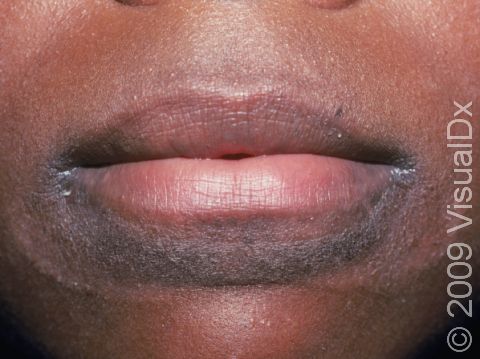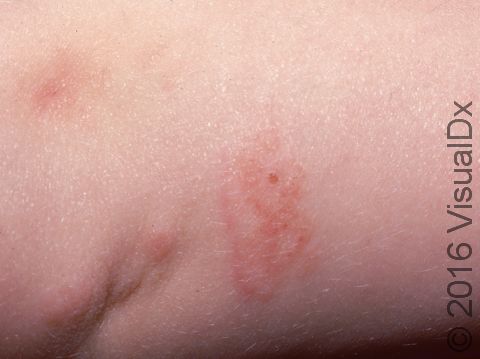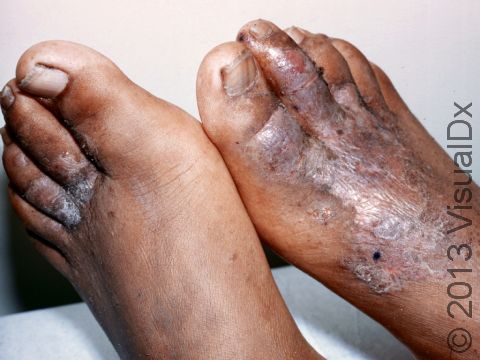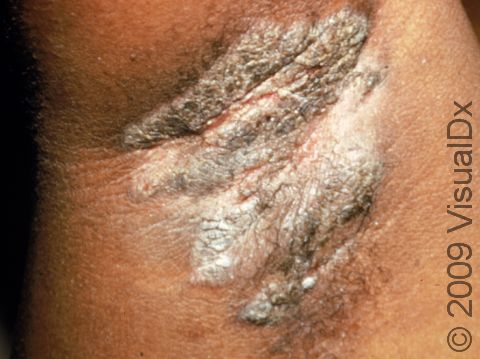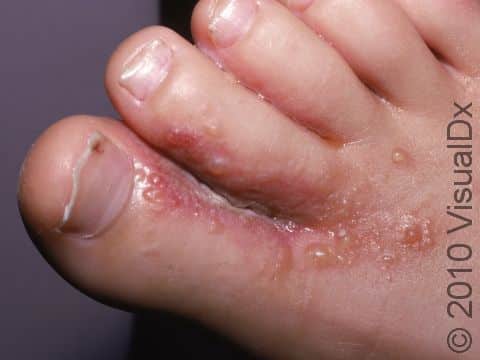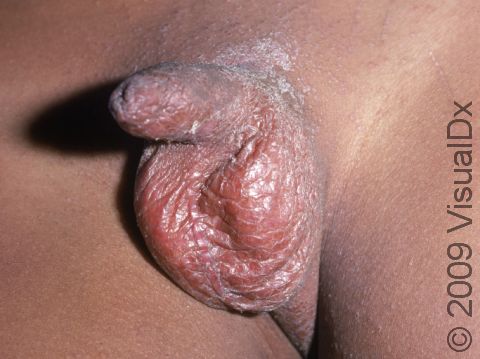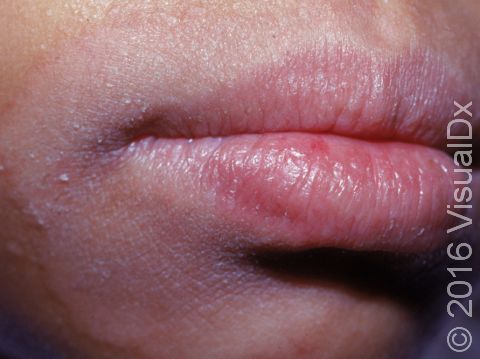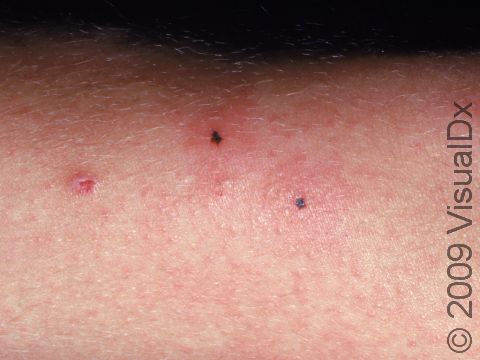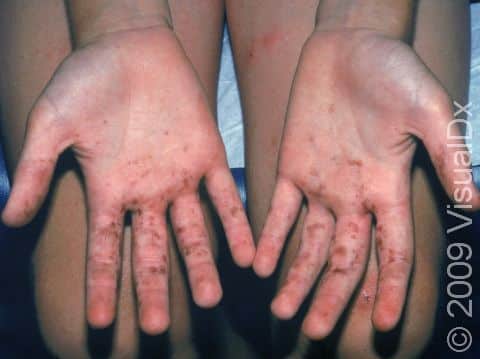Irritant Contact Dermatitis
Irritant contact dermatitis is caused by direct chemical injury, repeated rubbing (friction), or injury of any kind to the skin. Irritant contact dermatitis is not the same as true allergic contact dermatitis, which is a delayed allergic response caused by a reaction with the immune system, where a rash appears 48–72 hours after exposure to the triggering substance (an allergen).
People with irritant contact dermatitis usually have burning or stinging soon after the rash appears. Symptoms and rash associated with irritant contact dermatitis usually occur within hours if exposed to a strong irritant. As the irritation continues and the skin becomes constantly inflamed, the burning, stinging rash can become severe.
Who's At Risk?
Irritant contact dermatitis can occur in people of any age and especially in people who have eczema. Common triggers of irritant contact dermatitis include:
- Repeated exposure to water
- Frequent hand washing
- Exposure to harsh chemicals (such as solvents), fiberglass, mild acids, and chemicals with a high pH (alkalis)
- Dry air
Signs & Symptoms
The most common location for irritant contact dermatitis is the hands, although any body surface can be affected, including the genitals.
Irritant contact dermatitis may appear as pink-to-red lesions. Sheets of skin (plaques) become scaly and crack in areas of long-term (chronic) exposure. If the lesions appear quickly (acutely), patches and plaques may have a sharp border at the exposed areas. On the fingertips, you might see peeling of the skin, cracks, and scaling.
Self-Care Guidelines
Help your child with the following:
- Remove whatever chemical or condition is causing the irritation, and protect the skin from further exposure.
- For irritated skin in body folds, try using a barrier cream with zinc oxide paste, such as Desitin®.
- If the area is dry and cracked, moisturize the area frequently by dampening with water and then applying a softening cream such as petroleum jelly (Vaseline®) or a moisturizer.
- For itchy, red areas, try applying over-the-counter hydrocortisone cream (0.5–1%) twice daily.
Treatments
- The doctor may recommend applying petroleum jelly or a thick moisturizing cream directly to your child’s wet skin after bathing. Apply these creams frequently (at least twice daily) to moisturize and protect the skin.
- The doctor may prescribe mild-to-moderate-potency topical steroids if inflammation is present.
Visit Urgency
See your child’s doctor or a dermatologist if the rash does not go away with self-care measures.
References
Bolognia, Jean L., ed. Dermatology, pp.227, 241-249. New York: Mosby, 2003.
Freedberg, Irwin M., ed. Fitzpatrick’s Dermatology in General Medicine. 6th ed, pp.1309-1314, 2370. New York: McGraw-Hill, 2003.
Last modified on August 16th, 2022 at 2:45 pm

Not sure what to look for?
Try our new Rash and Skin Condition Finder
